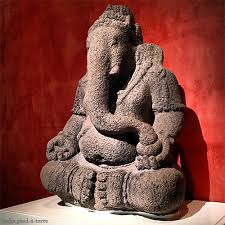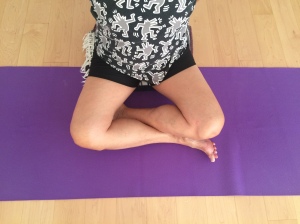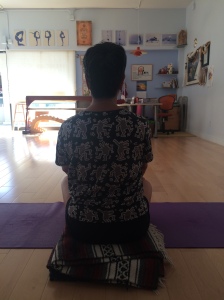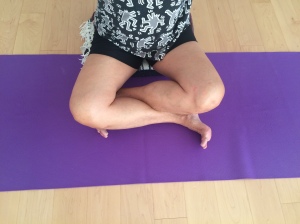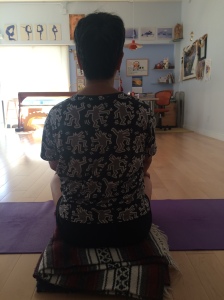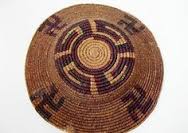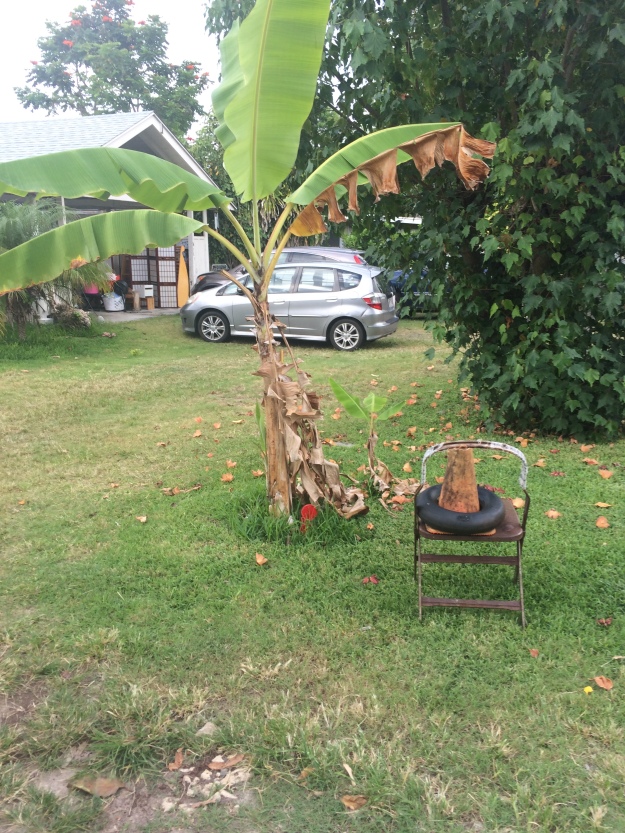I’ve been a bit of a stranger on WordPress the past few months. Mainly in part because I am juggling teaching and my full time job, caregiving, and of course preparing for my Junior Intermediate I assessment this Friday and Saturday. I will be flying to the venue in Los Angeles.
At one point in Iyengar assessments you have to resign yourself to knowing what you know, being able to do what you can do, an hope the assessors see that you are working intelligently even if you can’t attain all of the poses on the syllabus.
There are a few poses I struggle with on this syllabus, but the one that has been really getting my goat is Eka Hasta Bhujasana, or one arm shoulder pose (it not called elephant trunk pose!!!!). It has taken a village of Iyengar teachers to teach me this pose, and I am still having trouble with execution. I am a bit girthy which contributes to my difficulty, but also my long arms don’t seem allow me to get the torque I need to lift my buttocks off the ground.
My mentoring teachers Ray and Shelley, and their more advanced student Laurie have been very encouraging and getting me to try different strategies. Even Stephanie Tencer in Toronto gave me some good tips.
I feel in the Iyengar system that the poses that give you the most problems are the ones you can teach the best. Because you literally explore 100 ways to do them, or at least some action pertaining to them. So on Friday afternoon when I get my “sealed envelope” of six poses, I shouldn’t dread it if Eka Hasta Bhujasana is on the list. I won’t have the greatest demo, but I sure will give my students a plentitude of options to get into the pose.
Many blessings to you all!




